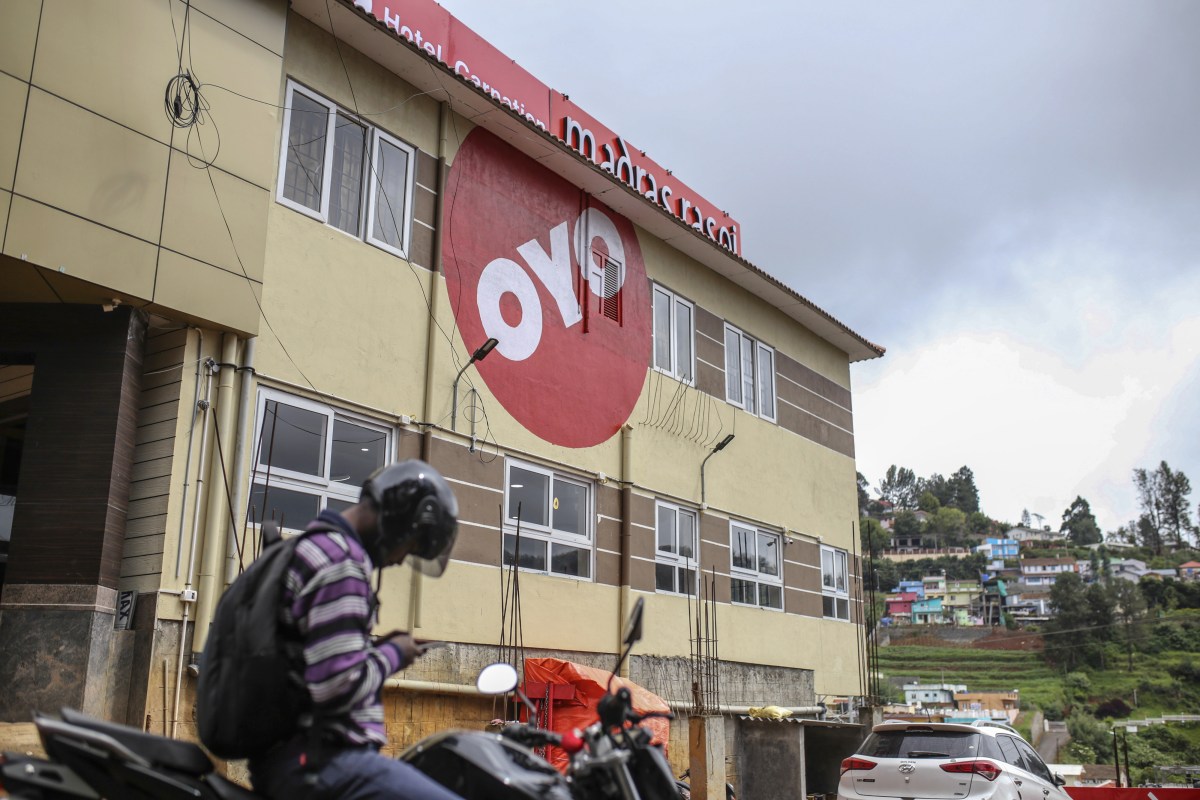Qualcomm has acquired the generative AI division of VinAI, an AI research company headquartered in Hanoi, for an undisclosed amount, the companies announced on Monday.
The move marks Qualcomm’s continued expansion into the AI tooling sector. VinAI, which was founded by former DeepMind research scientist Hung Bui, develops a range of generative AI technologies, including computer vision algorithms and language models.
“This acquisition underscores our commitment to dedicating the necessary resources to R&D that makes us the driving force behind the next wave of AI innovation,” Qualcomm SVP of Engineering Jilei Hou said in a press release. “By bringing in high-caliber talent from VinAI, we are strengthening our ability to deliver cutting-edge AI solutions that will benefit a wide range of industries and consumers.”
VinAI, which Bui started in 2019, primarily focuses on AI-powered automotive products, but also conducts higher-level AI research. Backed by VinGroup, a Vietnamese conglomerate, the company creates solutions like in-cabin monitoring, security, and “smart parking” systems for carmakers and customers in other verticals.
In a 2023 interview with Forbes, Bui said that VinAI had around 200 employees spread across the startup’s offices in Hanoi, the U.S., and Australia.
Bui said that he expects VinAI will contribute to a number of Qualcomm’s product families, including its software and chips for smartphones, PCs, and vehicles. “Our team’s expertise in generative AI and machine learning will help accelerate the development of innovative solutions that can transform the way we live and work,” he added in a statement.
Bui, who serves as VinAI’s CEO, will join Qualcomm following the close of the acquisition, according to the aforementioned press release.
The VinAI acquisition is Qualcomm’s second this year following its purchase of Edge Impulse, a German AI and internet of things company, in early March. Qualcomm CEO Cristiano Amon recently called edge AI — AI that can run on devices without the need for data center infrastructure — a “tailwind” for the tech giant.















